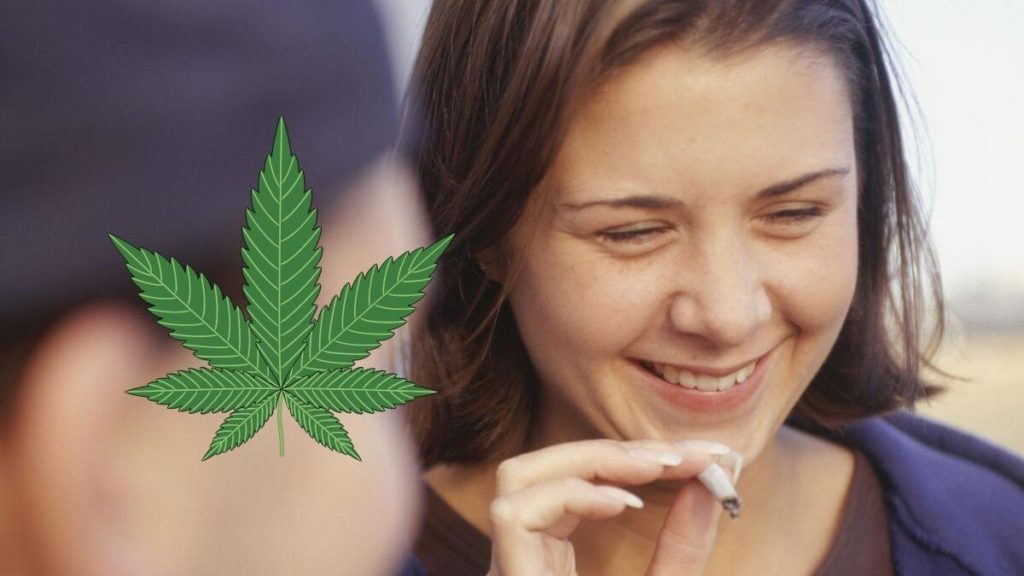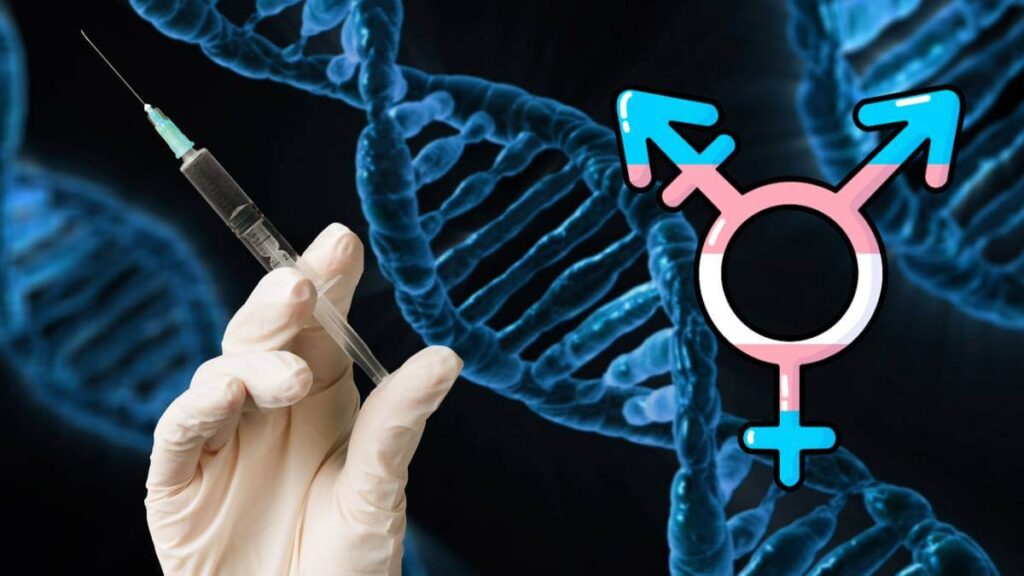This article is written by Dr. Kevin Sabet. He is a former senior drug policy advisor to the Obama administration and currently serves as president of Smart Approaches to Marijuana. His latest book, Smokescreen: What the Marijuana Industry Doesn’t Want You to Know, was published on April 20 by Simon & Schuster.
Don’t Downplay the Risks of Rising Teen Marijuana Use
Late last month, the Biden-Harris administration released its National Drug Control Strategy (NDCS). As a former senior drug policy adviser in the Obama administration who helped write the NDCS in 2009, I know how much work this document requires. This year’s strategy addresses untreated addiction and the rise in marijuana use by teens and young adults, and advocates for the expansion of youth-focused drug education campaigns, among other things.
Ironically, the president’s strategy is being introduced just as talk of federal marijuana legalization is ramping up in the halls of Capitol Hill, and as states like New Jersey and New York are preparing to launch retail sales.
Kids are getting mixed messages. While teen alcohol use and smoking rates have steadily declined, marijuana use rates have increased––and there’s no doubt that legalization has played a part. Despite claims to the contrary from pro-pot activists, youth marijuana use has been going up following legalization. A 2021 study found legalization in California was associated with higher youth use; researchers noted that “increases observed in California may portend continued increases in adolescent marijuana use in future years.” A study of Seattle youth found that “nonmedical marijuana legalization predicted a higher likelihood of self-reported past-year marijuana and alcohol use among youth.” Oregon, a state that legalized marijuana eight years ago, now has the highest rate of monthly marijuana use by 12-to-17-year-olds in the country. A study comparing Alaska, a state with legal marijuana, with Hawaii, a state without such a policy, found Alaska’s rate of marijuana use went up after legalization, while Hawaii’s rate actually decreased.
Researchers have further found that youth aged 12 to 17 in states with legalized marijuana were 25 percent more likely to have Cannabis Use Disorder than youth in states without legalized marijuana. And a study that found youth use declining in legal states—which garnered dozens of headlines and was touted by legalization advocates—was retracted last month.
Marijuana use has also skyrocketed among young adults. College-aged youth in particular are seeing historic levels of use, with almost half having used marijuana in the past year—the highest levels recorded since the 1980s. Even the pro-legalization Cato Institute recently acknowledged that, “All states that have legalized marijuana fall below the average U.S. risk perception,” which has resulted in more youth in those states using the drug. Today more than 15 million Americans report using marijuana daily, up from 6 million in 2009 and 900,000 in 1992.
Marijuana is playing a big part in today’s teen mental health crisis. Young people today face astronomical rates of psychological distress, only made worse by the COVID-19 pandemic, in addition to increased feelings of persistent sadness, hopelessness and suicidal thoughts. A study of young people with mood disorders by researchers at Ohio State University found that “the presence of cannabis use disorder was significantly associated with an increased risk of nonfatal self-harm, all-cause mortality, and death by unintentional overdose and homicide.”
In February 2022, U.S. Surgeon General Dr. Vivek Murthy, who issued an advisory in late 2021 on the youth mental health crisis, testified during a Senate Finance Committee hearing. “When kids also have underlying mental health conditions, the impact of marijuana use can also be more significant,” he told the committee. “I worry…about the messages we may send that say this is ‘utterly harmless’ and ‘there’s no problem here.'”
Dr. Murthy is right. Today’s high-potency marijuana is not Woodstock weed—it has been genetically engineered to have a much higher potency. More potency means more harm. Not only is potency increasing, but so are rates of daily use, and daily marijuana use is associated with an increased likelihood of developing psychosis. Researchers reported daily users of high-potency marijuana were more than four times as likely to develop psychosis. And the link to suicide is, unfortunately, becoming far too common.
Amid America’s opioid overdose epidemic, it is common to disregard the harms of marijuana—but we cannot ignore them.
A study published last week in the journal of the American Academy of Pediatrics found that teen opioid overdose deaths nearly doubled in 2020. The opioid epidemic is no doubt having a catastrophic impact on this generation, but legal weed is not the solution. States with legal weed don’t have better rates of opioid overdoses; in fact, research shows that those states fare worse, as another study confirmed in April.
What does all of this mean for parents and policy makers?
We can’t overlook or downplay the risks of today’s highly potent marijuana. We must educate kids on the risks and harms of marijuana use. And as we discuss federal legalization and state rollouts like the ones happening in New York and New Jersey, we must proceed with caution and skepticism.
Dr. Kevin Sabet is a former senior drug policy advisor to the Obama administration and currently serves as president of Smart Approaches to Marijuana. His latest book, Smokescreen: What the Marijuana Industry Doesn’t Want You to Know, was published on April 20 by Simon & Schuster and is available everywhere books are sold.




